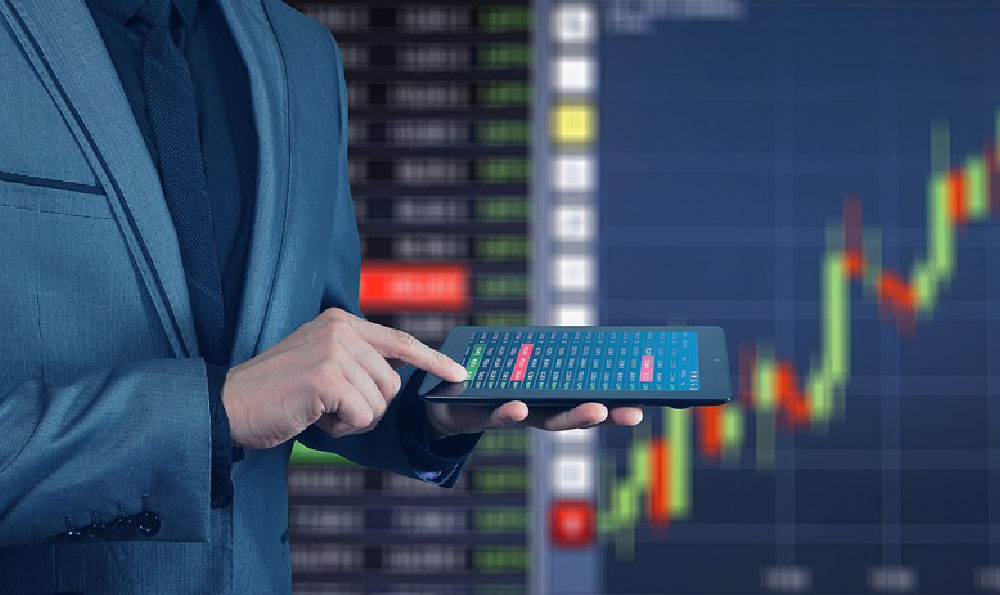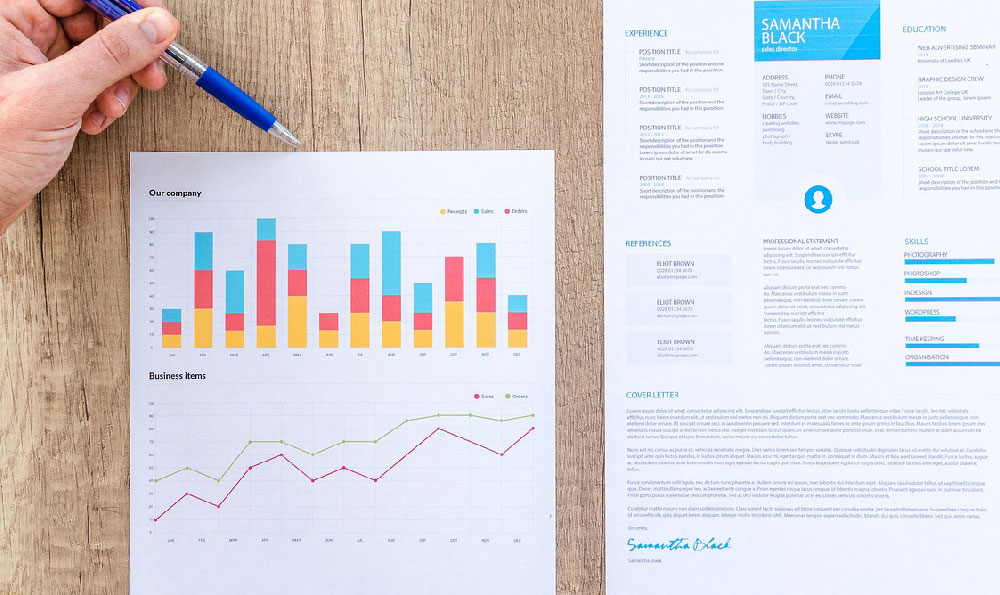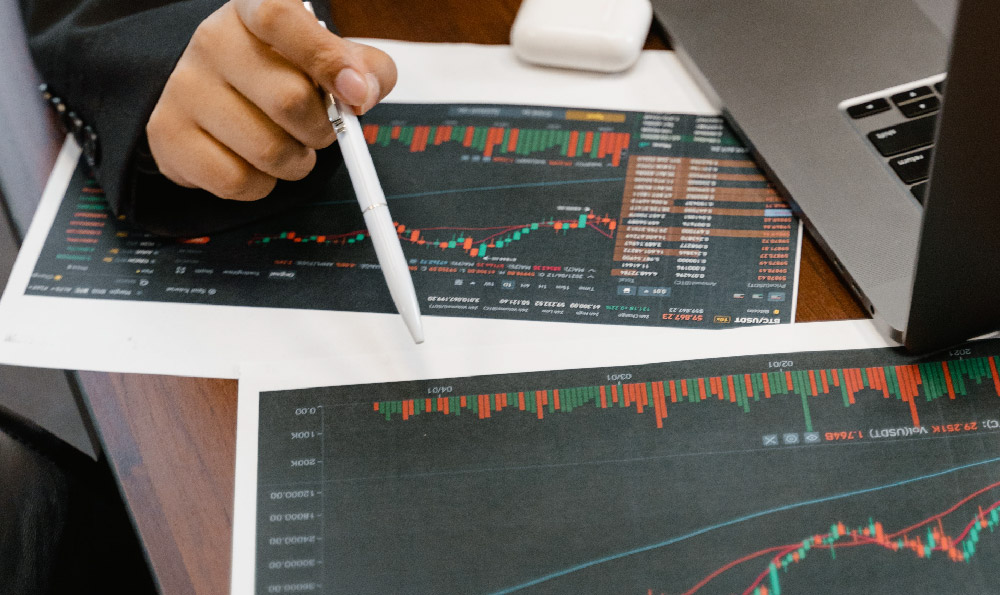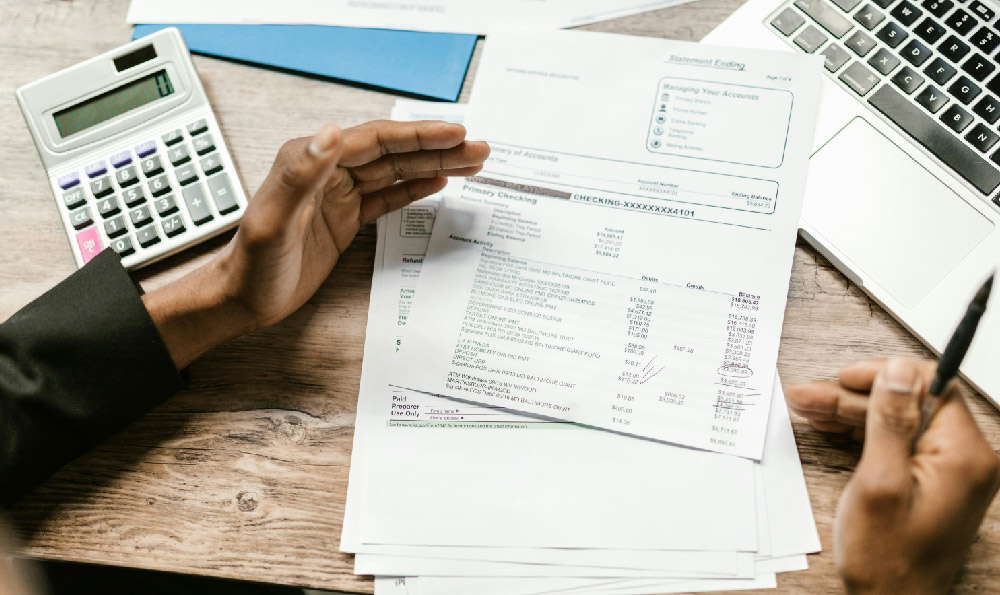How Much Do Uber Eats Drivers Really Make? What's the Actual Pay?
Alright, here's an article exploring the earnings of Uber Eats drivers, designed to be informative and comprehensive, avoiding a point-by-point structure and unnecessary introductory phrases.
How much can one realistically expect to earn delivering food via Uber Eats? The answer, as with many gig economy endeavors, is multifaceted and far from a simple, straightforward figure. While Uber Eats advertises flexibility and the potential for supplemental income, the actual pay experienced by drivers is influenced by a complex web of factors ranging from location and time of day to vehicle efficiency and personal work ethic.
Understanding the Uber Eats pay structure is crucial to demystifying the "actual pay." Drivers are compensated through a combination of components: a base fare for picking up and delivering the order, mileage pay calculated per mile traveled from the restaurant to the customer, and time pay, accounting for the time spent waiting at the restaurant and driving. Surge pricing, or "boost" promotions, also play a significant role, increasing the multiplier applied to fares during periods of high demand, typically during peak lunch and dinner hours, and in areas with fewer available drivers. Finally, tips are a critical component. Customers have the option to tip through the app, and these tips directly contribute to a driver’s earnings.

However, the gross earnings figure, the initial sum that appears in the Uber Eats app, doesn't tell the whole story. Drivers are classified as independent contractors, meaning they are responsible for covering all operating expenses. This includes the cost of gasoline, vehicle maintenance (oil changes, tire replacements, repairs), insurance, and depreciation. These expenses can significantly eat into the apparent earnings, transforming what seems like a decent hourly rate into a much smaller profit margin.
The cost of gasoline alone can vary dramatically depending on the type of vehicle used. A driver operating a fuel-inefficient SUV will spend considerably more on gas than someone using a hybrid or a compact car. Similarly, maintenance costs can be unpredictable. Unexpected repairs, like a flat tire or a broken engine component, can severely impact a driver's income for that week or even longer.
Furthermore, insurance requirements for delivery driving are often more stringent (and expensive) than standard personal auto insurance. While Uber Eats provides some liability coverage during active deliveries, drivers are often required to carry additional insurance to cover periods when they are logged into the app but not actively transporting an order, or to cover damage to their own vehicle. The specific type of insurance needed depends on the laws in the driver’s state and the driver’s own risk tolerance.
Beyond the direct operating costs, drivers must also account for self-employment taxes. As independent contractors, they are responsible for paying both the employer and employee portions of Social Security and Medicare taxes, which can significantly increase their tax burden compared to traditional employees. Failing to adequately set aside money for taxes can lead to a hefty bill at the end of the year.
The location where a driver operates is perhaps one of the most significant determinants of earnings. In densely populated urban areas with high demand for food delivery, drivers are likely to receive more frequent orders and potentially benefit from surge pricing. Conversely, in suburban or rural areas, the demand may be lower, and the distance between deliveries may be greater, leading to lower overall earnings.
The time of day and the day of the week also play a crucial role. Lunch and dinner rushes are generally the most lucrative times to drive, while weekdays tend to be busier than weekends in some markets. Weather conditions can also impact earnings; inclement weather often leads to increased demand for delivery services. Savvy drivers often strategize their schedules to maximize their earnings by working during peak hours and in areas with high demand.
Another important aspect is the driver's efficiency and acceptance rate. Drivers who are quick to accept orders, efficiently navigate traffic, and promptly deliver food are likely to complete more deliveries in a given period and thus earn more money. Consistently declining orders can negatively impact a driver's standing within the Uber Eats system and potentially lead to fewer opportunities. However, accepting every order can also be detrimental if it means accepting long-distance deliveries with low pay relative to the time and mileage involved. Therefore, a driver needs to be strategic and selective in the orders they accept.
Finally, the competition from other drivers can significantly affect earnings. As the number of Uber Eats drivers in a given area increases, the number of available orders per driver decreases, potentially leading to lower individual earnings. It's essential to be aware of the level of competition in your area and adjust your driving strategy accordingly.
In conclusion, while it's impossible to provide a definitive answer to the question of how much Uber Eats drivers actually make, a realistic estimate requires careful consideration of all the factors involved. While some drivers may earn a comfortable living by strategically optimizing their schedules and minimizing their expenses, others may find that the earnings are insufficient to justify the time and effort involved. Potential drivers should carefully weigh the pros and cons, thoroughly research their local market, and diligently track their expenses to determine if Uber Eats delivery is a financially viable option for them. Understanding the nuances of the pay structure, managing operating costs effectively, and strategizing to maximize earnings are crucial for success in the world of food delivery. Ultimately, the "actual pay" is a highly individualized figure that depends on a multitude of variables, and only by carefully tracking their own earnings and expenses can a driver truly determine their profitability.














